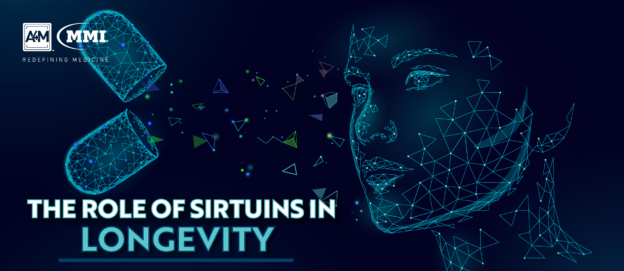A recent DNA repair discovery could potentially lead to the creation of drugs that can reverse aging, fight cancer, and help assist in eliminating the effects radiation exposure. While it has long been known that DNA repair is essential for cell vitality, cell survival, and cancer prevention, the decline in cells’ ability to repair damaged DNA with age has not been fully understood.
A team of scientists at Harvard Medical School has identified a critical step in assessing how cells repair damaged DNA. Published in the journal Science, the international team’s study pinpointed a vitamin called NAD+, which regulated the interactions that control DNA repair. When mice were given an NAD+ booster called NMN, experiments indicated that their cells were more effective in repairing DNA damage caused by aging, and radiation exposure. The mice’s DNA repair activities markedly shifted to ‘youthful levels,’ and further trials demonstrated that they were more resistant to radiation; therefore, they were more protected against cancer and aging itself.
Human trials of NMN therapy will begin in Boston, in the next six months. One of the lead professors on the team from Harvard discussed the potential for evaluating how people walk, their strength, and ultimately transitioning the molecule to a substance on the drug market, in order to treat diseases like cancer, Alzheimer’s, and diabetes. The results further shed light on a possible therapy to avert the unwanted side effects of environmental radiation, by restoring NAD levels by NMN treatment—in addition to radiation exposure from cancer treatments.

